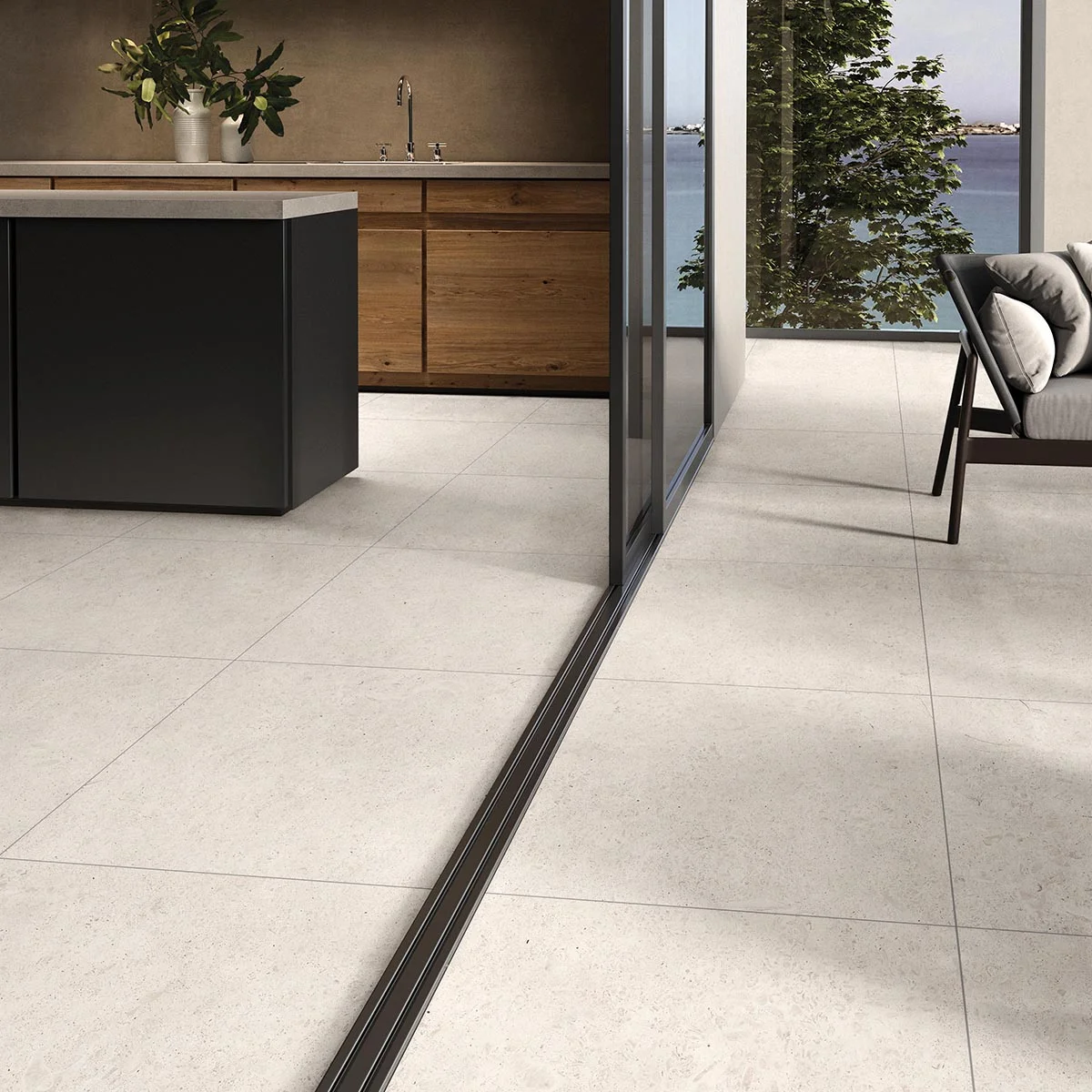The Common Mistake That Makes Freshly Laid Floors Crack Over Time
You’ve just invested in new flooring, expecting it to last for years. The tiles look beautiful, the grout lines are sharp, and the whole space feels transformed. But a few months later, hairline cracks begin to appear. Over time, those small fractures can spread, leading to costly repairs or even replacement. It’s frustrating—and in many cases, completely avoidable.
One common culprit isn’t the tile itself but the preparation beneath it. Even high‑quality materials such as limestone tiles can fail if the surface below isn’t properly prepared or allowed to settle before installation. When the foundation shifts or flexes, the rigid surface above can’t absorb the movement, causing cracks that appear long after the job is done.
The good news is that with the right approach before and during installation, you can protect your floors and make sure they stand the test of time.
Why Subfloor Preparation Matters
A floor is only as strong as the surface it’s built on. If the substrate (the layer under your tiles) isn’t level, stable, and dry, it will move over time. That movement transfers directly to the tiles and grout above. Common issues include:
- Laying tiles over old flooring without checking stability
- Ignoring moisture problems in concrete slabs
- Skipping a primer or underlayment that ensures proper adhesion
Taking time to address these steps can prevent years of frustration.
Let New Surfaces Settle First
In new builds or extensions, rushing the installation is a recipe for problems. Concrete slabs need adequate curing time to stop shrinking and shifting. Timber subfloors may need moisture balancing or additional bracing before heavy tiles are laid. Always follow industry guidelines or seek advice from experienced installers who can assess whether the surface is ready.
Choose the Right Adhesives and Grouts
Not all products are created equal. Flexible adhesives and grouts are designed to accommodate slight movements, which is especially important in areas that experience temperature fluctuations or heavier loads. Cutting corners with cheap materials can lead to premature failure, even if the initial installation looks flawless.
Plan for Movement Joints
Large continuous runs of tile should include movement joints—small gaps designed to absorb expansion and contraction. Without them, natural shifts in the building can push tiles against each other until they crack. These joints are often placed around the perimeter and in the middle of very large areas.
Protect the Floor During Construction
Another overlooked factor is what happens after the tiles are laid. If other trades walk across unprotected floors carrying tools or ladders, they can cause micro‑cracks or damage before the surface has fully set. Using temporary floor coverings and limiting foot traffic can prevent early issues that might only show up later.
Maintain and Inspect Over Time
Even a perfectly installed floor needs basic care. Keep heavy furniture padded underneath and avoid dragging sharp objects across the surface. Inspect grout lines and joints periodically; early repairs are far cheaper than fixing widespread damage.
When to Call in a Professional
If you’re noticing cracks forming soon after installation, it’s worth getting a professional inspection. They can assess whether the issue is surface‑level (like grout shrinking) or something deeper, like structural movement. Catching problems early can stop them from spreading and protect your investment.
A Floor That Lasts
Freshly laid floors are a big investment, and seeing them crack is disheartening. By ensuring the base is properly prepared, allowing surfaces to settle, and using quality materials with the right installation techniques, you can enjoy durable, beautiful floors for decades. A little extra care at the start makes all the difference—helping your home look great and saving you from costly repairs down the track.
Read More: Juggling Work and Kids? This One Shift Can Make Mornings Less Chaotic

